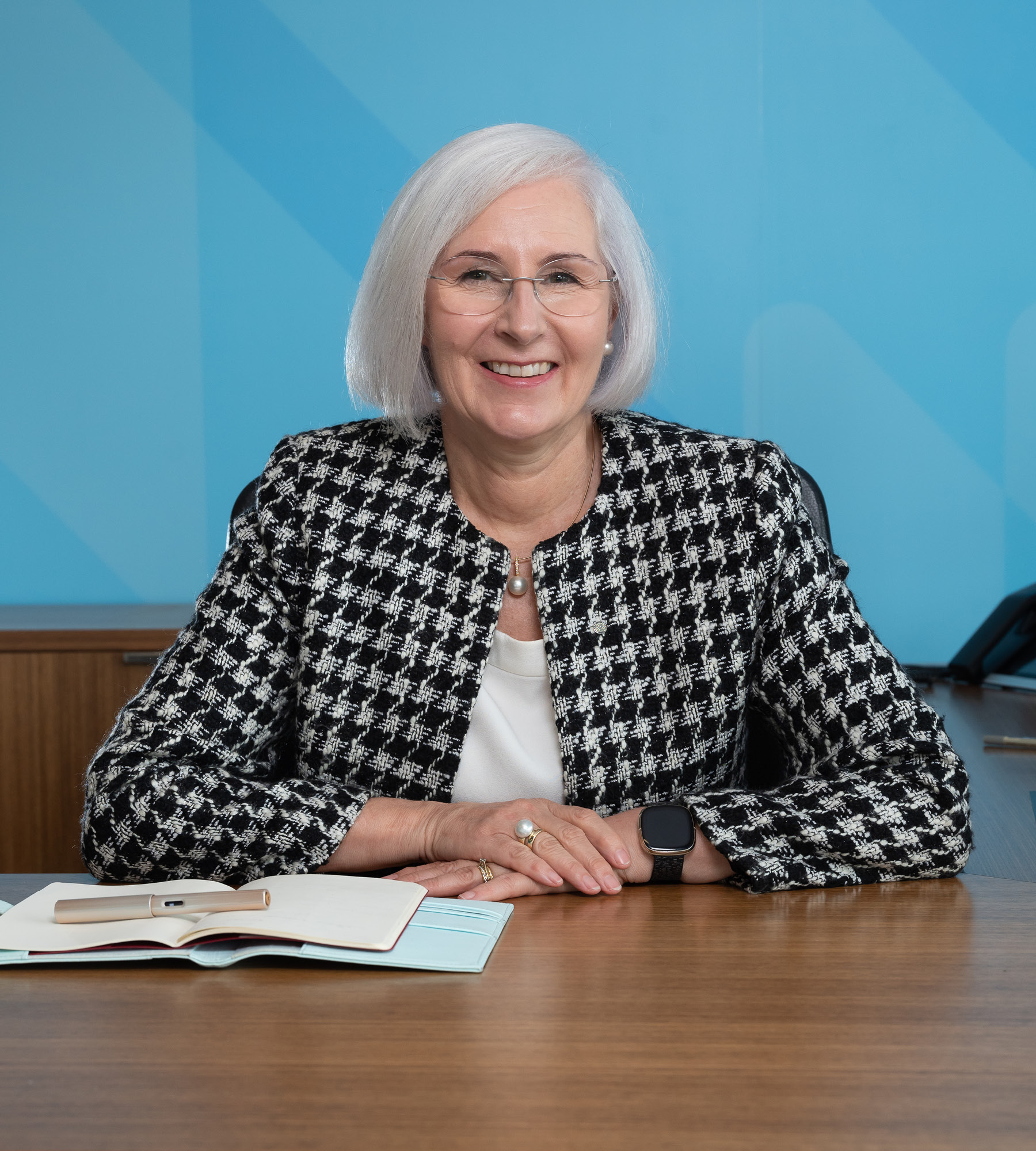Language
You can read the magazine in one of the following languages
When the going gets tough, the tough get going. And Rebecca Skinner, CEO of Services Australia, completely personifies this saying. Having taken the role in the middle of the COVID-19 pandemic, she had to learn fast and build a team to handle future emergencies quickly and efficiently. And that’s exactly what she did.
Before taking the role, Skinner was the Associate Secretary of Defence and has also held roles as the Deputy Secretary for Strategic Policy Intelligence and the Deputy Secretary for People. She has a background in national security, defense capability policy and enabling functions in defense, and has even had a stint at the National Security Agency in Washington.
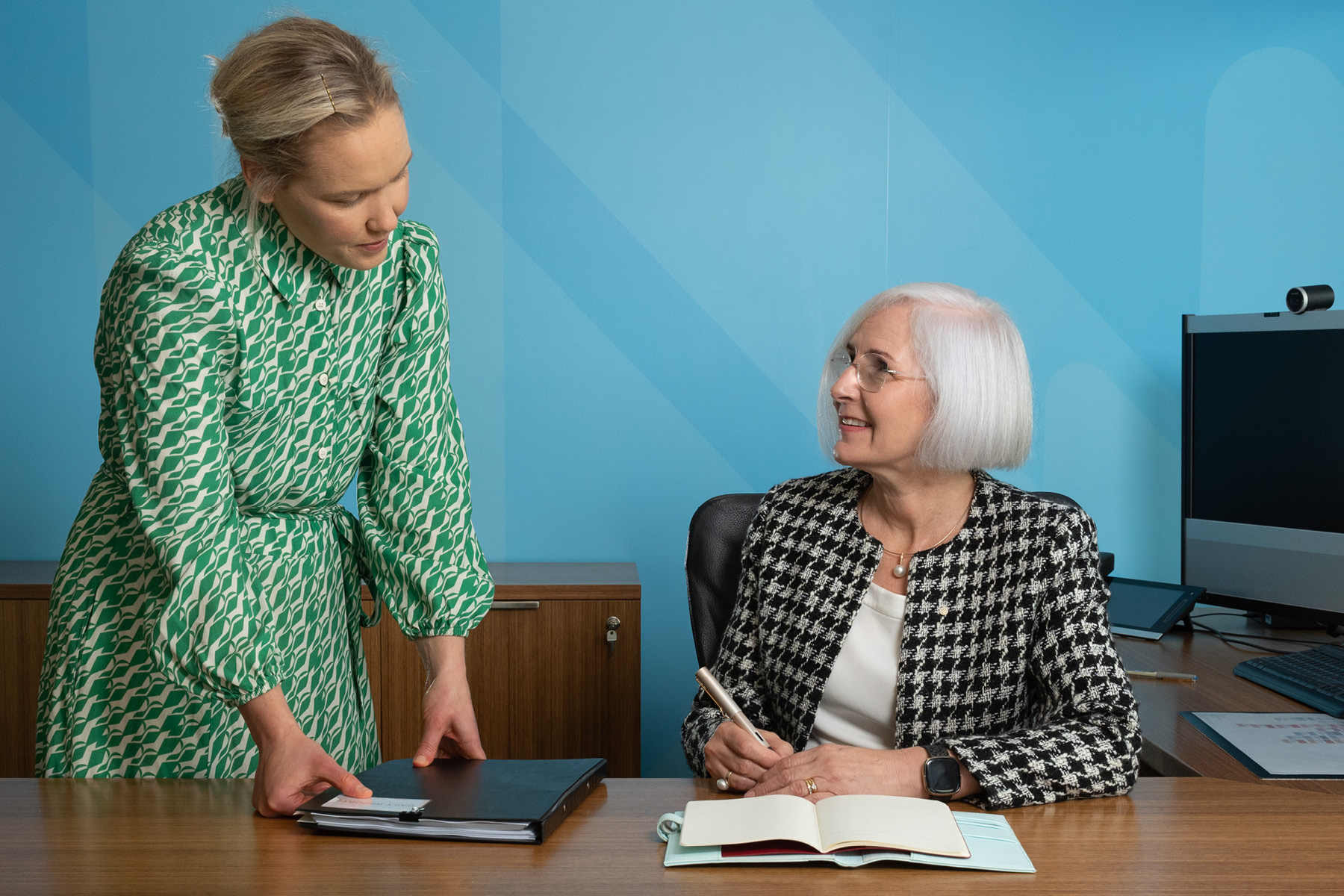
“If we hadn’t had continued to drive and innovate, we wouldn’t have been in a situation to support Australians in getting on with their lives quickly.”
The pandemic put Australia in the spotlight after it closed its borders and took a strict approach to prevent the spread of the virus.
“At the beginning when you’ve got something that no-one has experienced before, a once-in-a-100-year type of event, you almost have a clean slate to suggest a different way of doing things,” she says. “And you use that both the opportunity and the pressure to deliver, to help drive your transformation. So that’s the opportunity that I used.”
Coinciding with the pandemic, Australia suffered some of its worst flooding in its history, putting further pressure on Services Australia. Thankfully, it has a large workforce of about 28,000 people on top of many part-time and casual staff, bringing the total workforce to more than 34,000 people spread across the country.
“Our staff answered nearly 638,000 phone calls from people who were impacted by the 2021 floods,” she recalls.
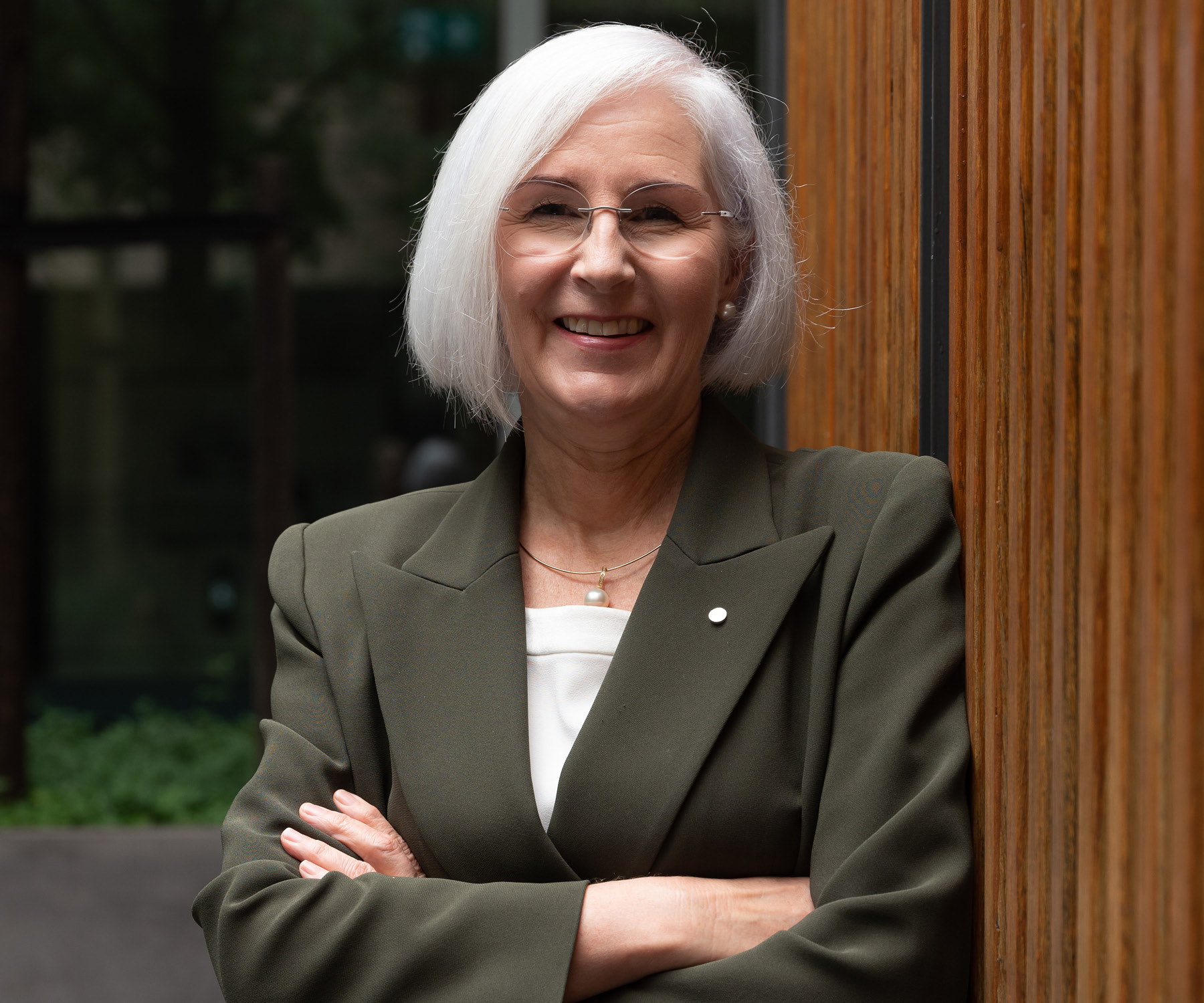
“We made it into a very short and sharp document that all the staff can access, and it’s focused around four keywords: simple, helpful, respectful and transparent.”
Following 2021’s flooding, 2022 saw even greater challenges, when record-breaking rain and floods submerged large parts of eastern Australia, causing widespread devastation for Australians and the economy. To handle the crisis, Skinner used the lessons and innovations she and her team learned from the pandemic.
For example, they took technology that had been developed to make pandemic disaster payments and repurposed it.
“For the July 2022 floods, we serviced 415,000 people in the first three days. In one day we processed 160,000 claims.” Skinner says. “If we hadn’t continued to drive and innovate, we wouldn’t have been in a situation to support Australians in getting on with their lives quickly.”
Services Australia is a citizen-centric organization and has seen many reviews, improvements and iterations under its predecessor organization to get to where it is today.
“One of the early things that we did was set up what we called the master plan,” Skinner reveals. “We made it into a very short and sharp document that all the staff can access, and it’s focused around four keywords: simple, helpful, respectful and transparent. In this way, it’s focused on making services simple so citizens can get on with their lives.”
Skinner felt the previous structure wasn’t going to deliver the services required in the ways that were needed at the time if the organization didn’t fundamentally decide to harness innovation and do things differently.
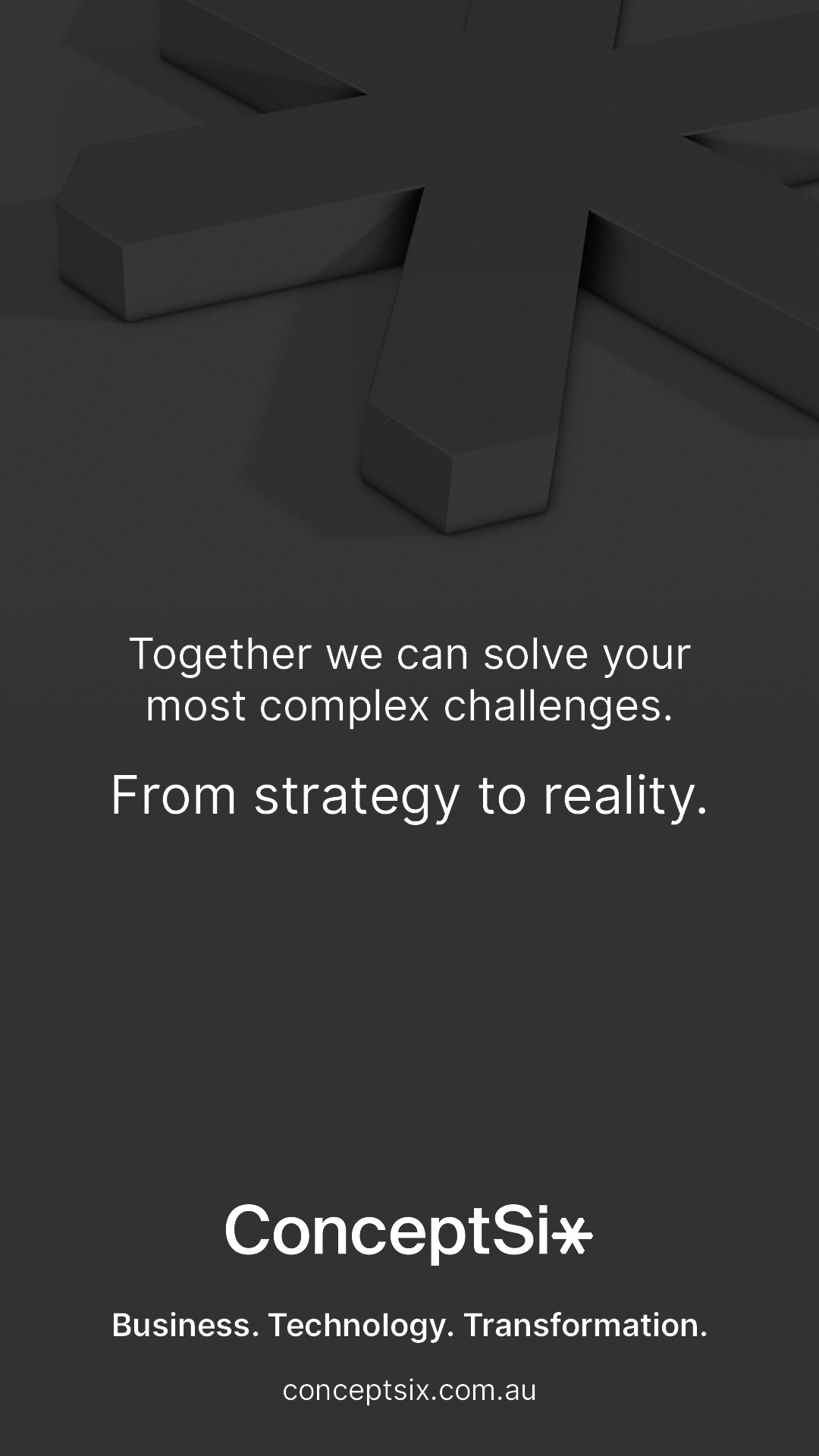
“In some ways we unleashed quite a bit of that innovation, because doing things the way they had been done before was not going to solve the challenges faced by the Australian people,” Skinner says.
These innovations enabled citizens to access Australian government information more readily, and came about by leveraging investments in digital technology, digital payments and citizen design to deliver critical support such as disaster payments.
“We’re very proud of that master plan for the way in which it’s had traction with our very diverse workforce that’s spread all over the country, from long-time service officers to the influx of new hires, and other specialists and partners that work with us,” she acknowledges.
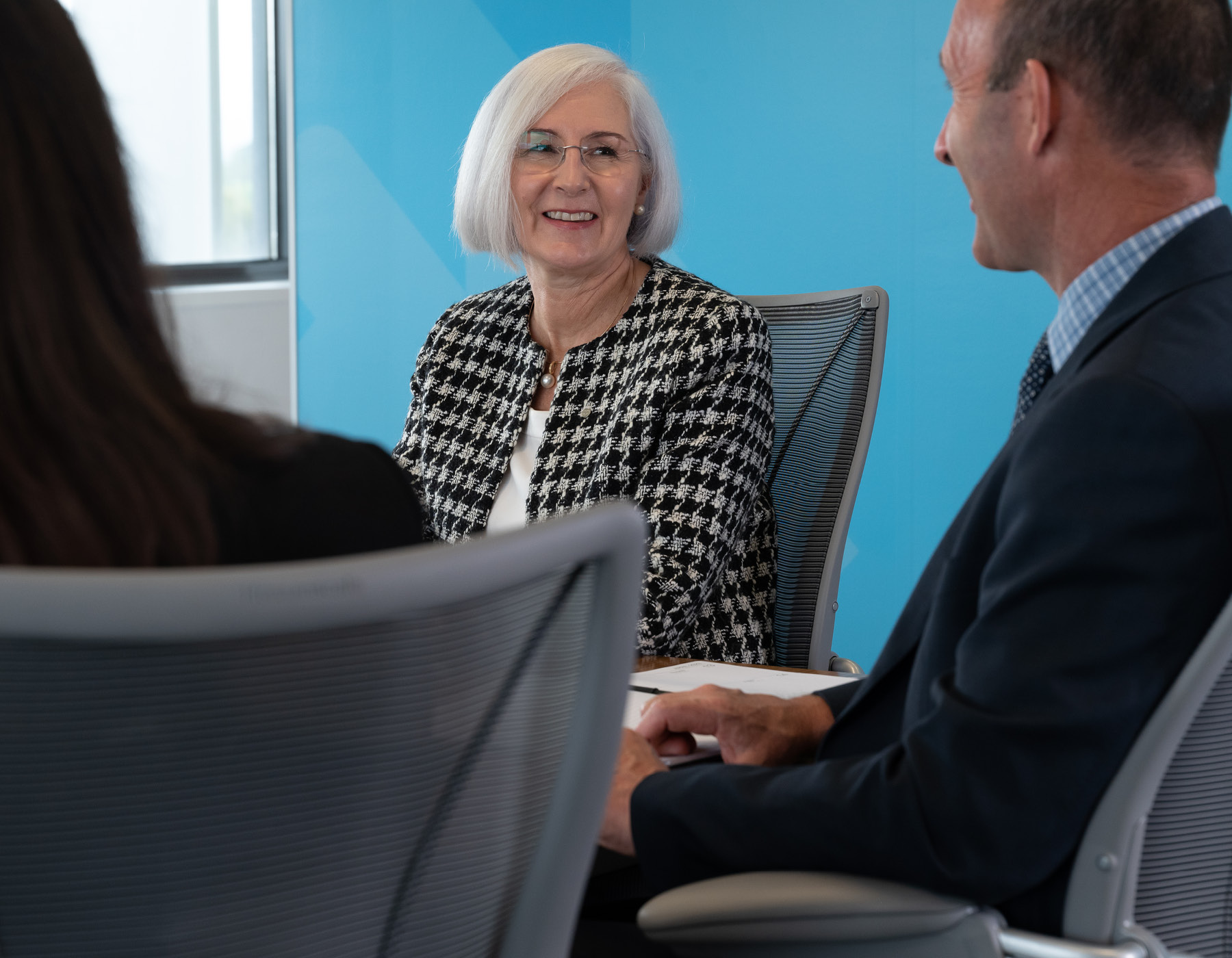
“I think there’s a very general point that most humans, by their nature, aren’t inclined to change unless they really are pushed into it.”
The actions of Services Australia during the country’s recent spate of disasters are the very definition of what it looks like when the tough get going. Innovation, experience and the determination to help combined to assist Australians in their time of need – quickly and effectively.
Whenever dire situations arrive in the future, Skinner says Services Australia will be ready to lend a hand.
“I think there’s a very general point that most humans, by their nature, aren’t inclined to change unless they really are pushed into it,” she notes. “The COVID-19 pandemic encouraged people to build their confidence and find that they could actually use that technology, and it didn’t take long for wider applications to reveal themselves.”
